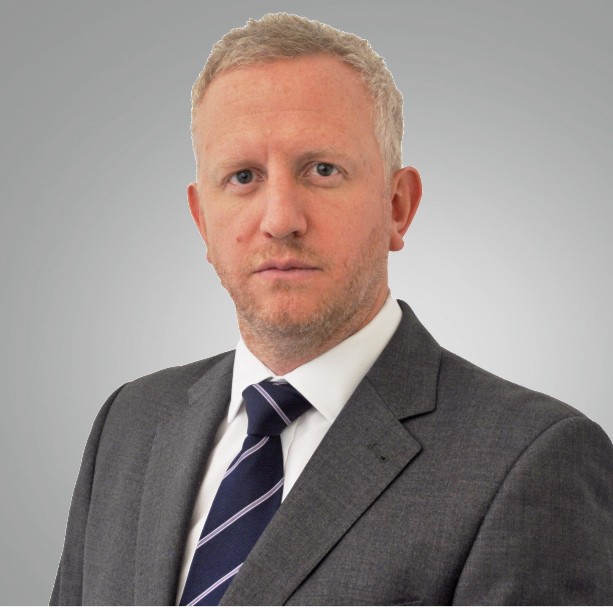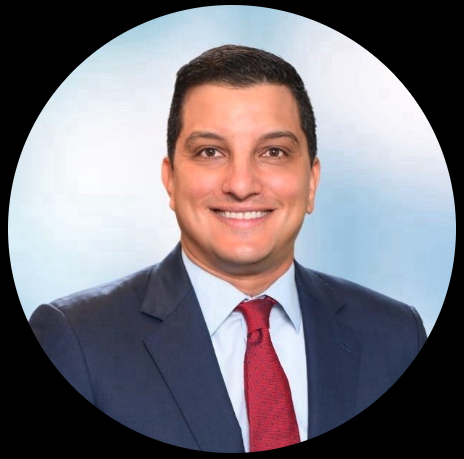“We think it’s time to invest in high yield and stay in this asset class over time”
| By Héctor Chamizo | 0 Comentarios

Markets are entering a very important phase with the focus on monetary policy. The US Federal Reserve is expected to cut interest rates this year. That obviously means that strategies have to adjust to the circumstances.
Following this very important situation in terms of portfolio construction, Thomas Hanson, head of European high yield, Aegon AM, answers the most important questions in the fixed income space and more specifically in high yield.
In addition, Thomas Handson reveals which assets within high yield to focus on now, and how important credit selection is in the current environment.
How do you foresee monetary policies affecting the global high yield market? Can you talk about the potential impact on investor sentiment and bond valuations in this segment?
I think the first thing to say is probably the third pillar that we saw was incredibly positive for sentiment in high yield markets or credit markets in general, but especially in high yield. So if we look back and think about what we saw in November and December, we saw some pretty big total returns in both months, which you could argue were actually an advance from the end of last year. So, it was a great year for high yield in 2023. The question then is, can it perform now, is it capable of doing the same in 2024? I would say absolutely yes. So yes, the direct impact of that has to improve sentiment towards this asset class. And primarily what that has meant, is inflows and so we’ve seen a lot of money coming back into high yield bonds, which has had the impact of reinforcing in a very positive technical environment. With positive flows, the tactics become very strong. And that has really forced credit spreads to a pretty tight base that we’ve seen so far this year. In particular, spreads are still very tight, but again, you have to look under the rug, because some of the double B’s are very tight, but some of the lower-rated bonds and the triple C’s still offer interesting potential.
Against the backdrop of slowing economic conditions and macroeconomic headwinds, what strategies are you pursuing to navigate potential challenges in the high yield sector? How do you balance the search for yield with the need to manage risk, especially in light of the potential increase in defaults and market volatility?
Balance is a very important word. I think the way we think about this has to do with the balance of caution, with optimism, because I think there are reasons to be cautious and reasons to be optimistic. And it’s our job to be able to reflect that in the portfolio. So the defensive strategy over the last few quarters has largely been to move up in quality within the high yield universe. Focusing on quality yield, rather than chasing lower risk rates. In practice, that has meant reducing the triple-C portion of the market, reducing exposure to more deliberate cyclicals, and actually increasing exposure to the dual-quality portion of the market and, in many cases, the investment-grade portion of the market as well. Over the last few quarters, as I say, this category has definitely become attractive. And we’ve seen a lot of opportunities in good quality companies in the web space with interesting returns.
Where do you see opportunities for investors in high yield? How should investors approach companies at the lower end of the market facing refinancing challenges?
In our view, activity is probably the key issue facing high yield investors today and in the future. So the way we think about it is whether recession or no recession is coming, but what we’re facing is a prolonged higher funding cost environment. And the simple fact of the matter is that we don’t believe that all companies are going to be able to hold up, so obviously there’s a maturity order to keep in mind on the downside of the analysis. At some point in time, companies will have to deal with their outstanding debt. I think a lot of the names that are under the most pressure have gone to the private credit markets, but there is still going to be a risk, again, of struggling with higher funding costs. For us, it’s important to distinguish between those that have and those that don’t have these risks. Again, I sort of fall back to my answer from the previous question in terms of the quality of triple C and double B. But yes, it’s probably worth reinforcing that point. The higher quality for us remains the focus, the selective exposure to lower quality names, where we think there is a good opportunity.
With increasing dispersion in the high yield market, especially among lower quality issuers, how important is sector and credit selection in the current environment? Can you share examples?
Credit selection is currently important at all times in high yield, of course, but as you said, it’s particularly important now, in terms of the way we’re approaching the market in asset management. We are very focused on the lower (but upward) part of the curve, so 80% of our yields are already driven. On the other hand, sector selection is definitely something that is important to us, we like banking, some of the consumer-oriented sectors, leisure, travel and transportation.
How should investors approach the ideal investment to reinvest for the long term, what factors should they consider, especially in terms of volatility, and the right time to enter the market?
If you look at the long term, the first thing to know is that high yield, as an asset class, offers some of the best risk-adjusted returns available, especially when you look at other asset classes. So if you compare it to global equities and global high yield, you can see that, over the last 20 years, it has delivered the vast majority of those returns with lower volatility. It’s an income-based asset class, it has a break-even point. However, they are assets over liabilities. We would also argue that a concentrated, benchmark-agnostic approach, like the one we use, asset management is the best way to unlock value. But in terms of your question about entry point, that’s the tricky thing. It’s hard to gauge. What we can say is, given the income base nature of high yield, the long-term risk-adjusted profile of the asset class is good. It’s all about timing in the market, so we think it’s about investing in high yield and staying invested in this space.









